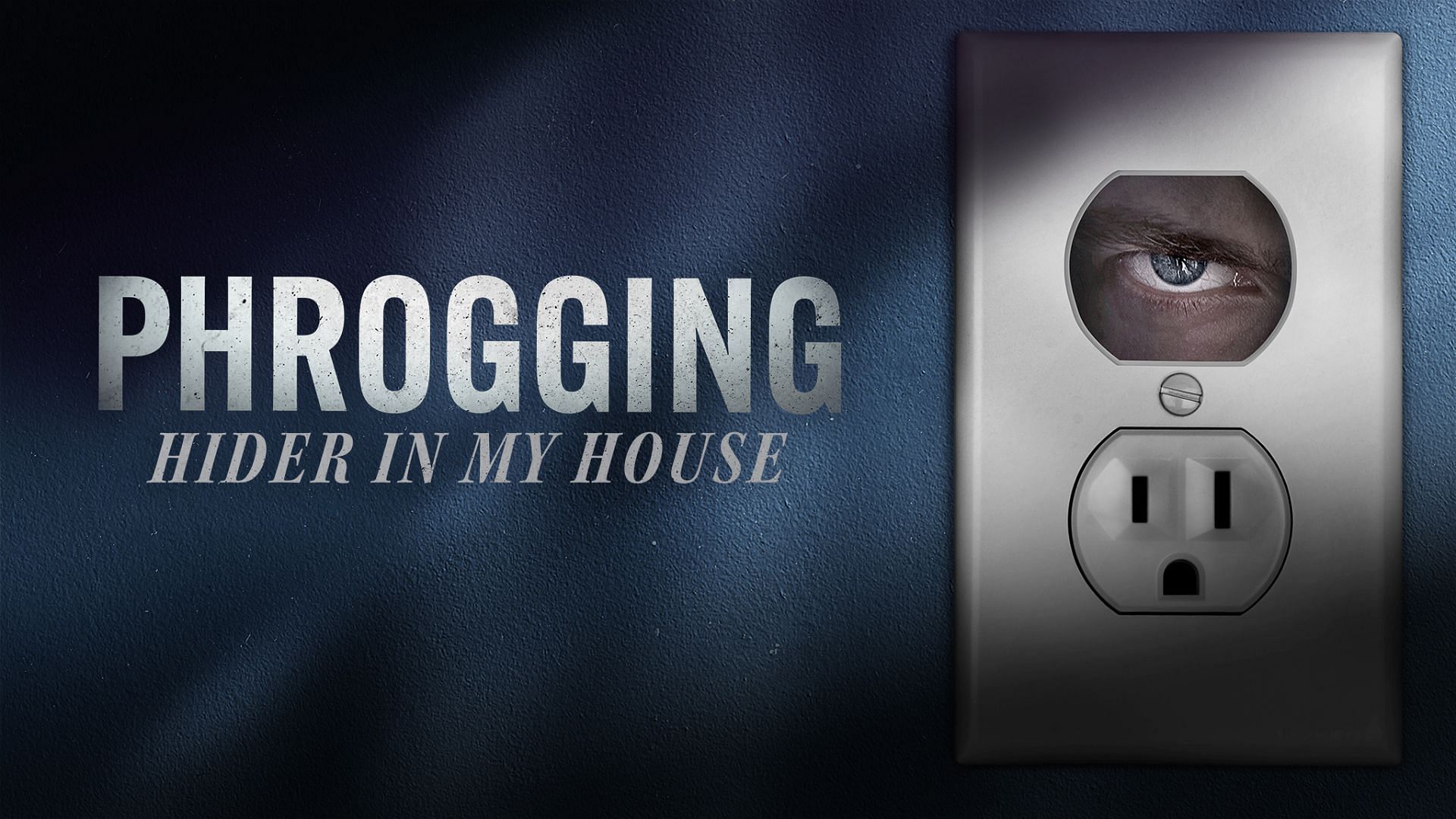Phrogging vs. Squatting: Key Differences Explained
Phrogging vs. Squatting: Key Differences Explained
Blog Article
Envision finding that somebody has been secretly residing in your home without your knowledge. That unnerving sensation is named "what is phrogging" (pronounced “frogging”). The term derives from the idea of a "frog" jumping from position to another, as phroggers frequently occupy different properties temporarily while outstanding undetected. While it could sound like something out of a terror movie, phrogging is a actual and significantly reported issue.

What Is Phrogging?
Phrogging refers to the act of some one secretly residing in yet another person's home, on average without their consent or awareness. A phrogger might remain in hidden areas such as for example attics, basements, get spots, spare rooms, or even underneath furniture. They count on the homeowner's neglect to check on these places, usually moving in and out stealthily in order to avoid detection.
Phroggers don't tend to remain in one place for long. This transient behavior indicates they usually go unnoticed for long times, employing their host's food, electricity, and other methods without permission.
Why Is Phrogging on the Rise?
While standard data on phrogging is restricted, historical evidence and information studies recommend an increase in such cases. A variety of factors has added to the tendency:
• Economic hardship has left many individuals fighting homelessness, primary some to seek unusual shelter.
• Larger, multi-story domiciles popular in the present suburbs offer ample covering places for would-be phroggers.
• Homeowners' raising dependence on digital tools like clever locks and action detectors may possibly unintentionally cause neglect of periodic, physical inspections of the homes.
How exactly to Protect Your Home
To safeguard your self and your home from phrogging, contemplate these safety tips:
1. Standard Inspections
Conduct schedule checks of one's property's less frequented areas, such as attics, basements, and storage spaces. These places in many cases are leading parts for concealment.
2. Use Monitoring Cameras
Install protection cameras in and around your home. Cameras with motion detection can alert you to dubious task, even in low-traffic areas.
3. Secure All Entry Points

Lock windows, opportunities, and any extra entrances to avoid unauthorized access. Assure sacrifice secrets are hidden firmly or entrusted simply to persons you trust.
4. Keep Observant
Pay attention to unusual signals like food going missing, disturbed objects, or odd noises. These could suggest some one is staying in your home.
While phrogging might seem like a silly incidence, its increase underscores the significance of heightened home awareness. By staying wary and getting proactive actions, you are able to somewhat lower the danger of encountering this disconcerting danger.
Report this page